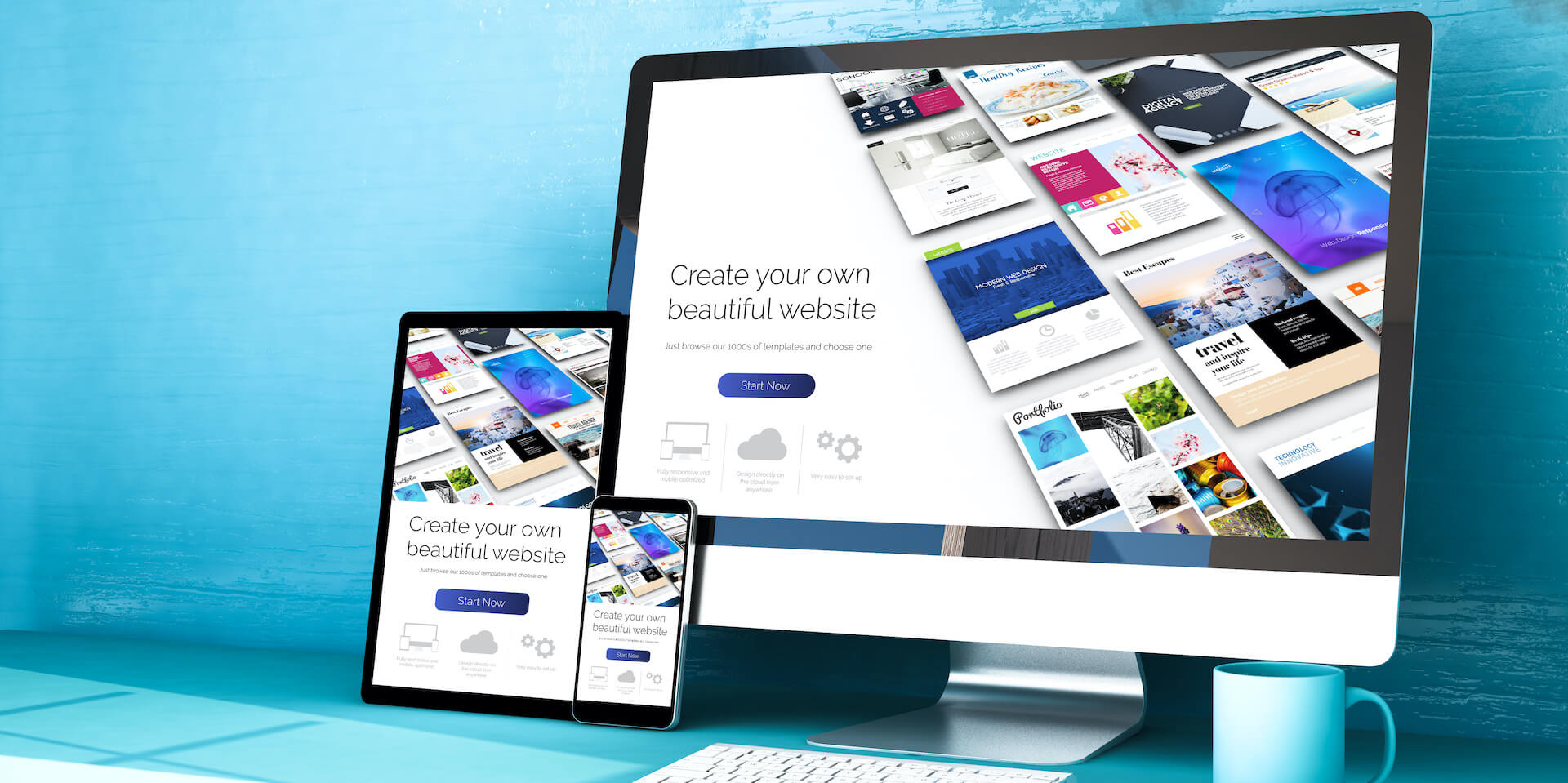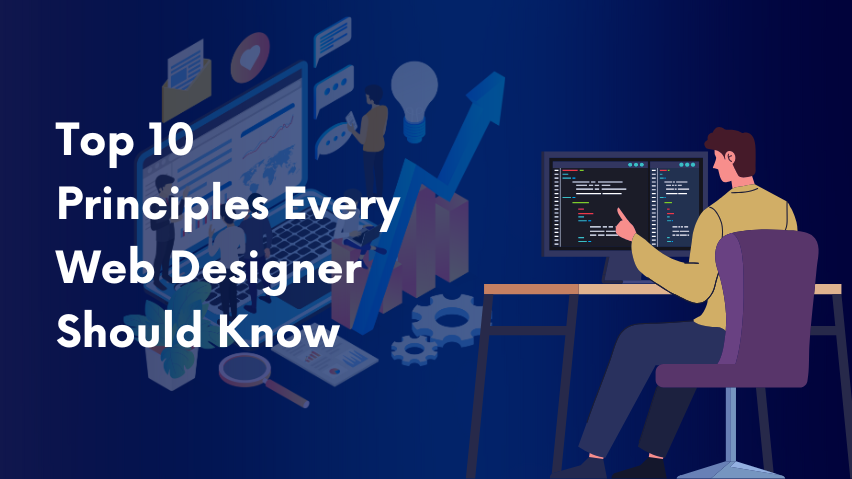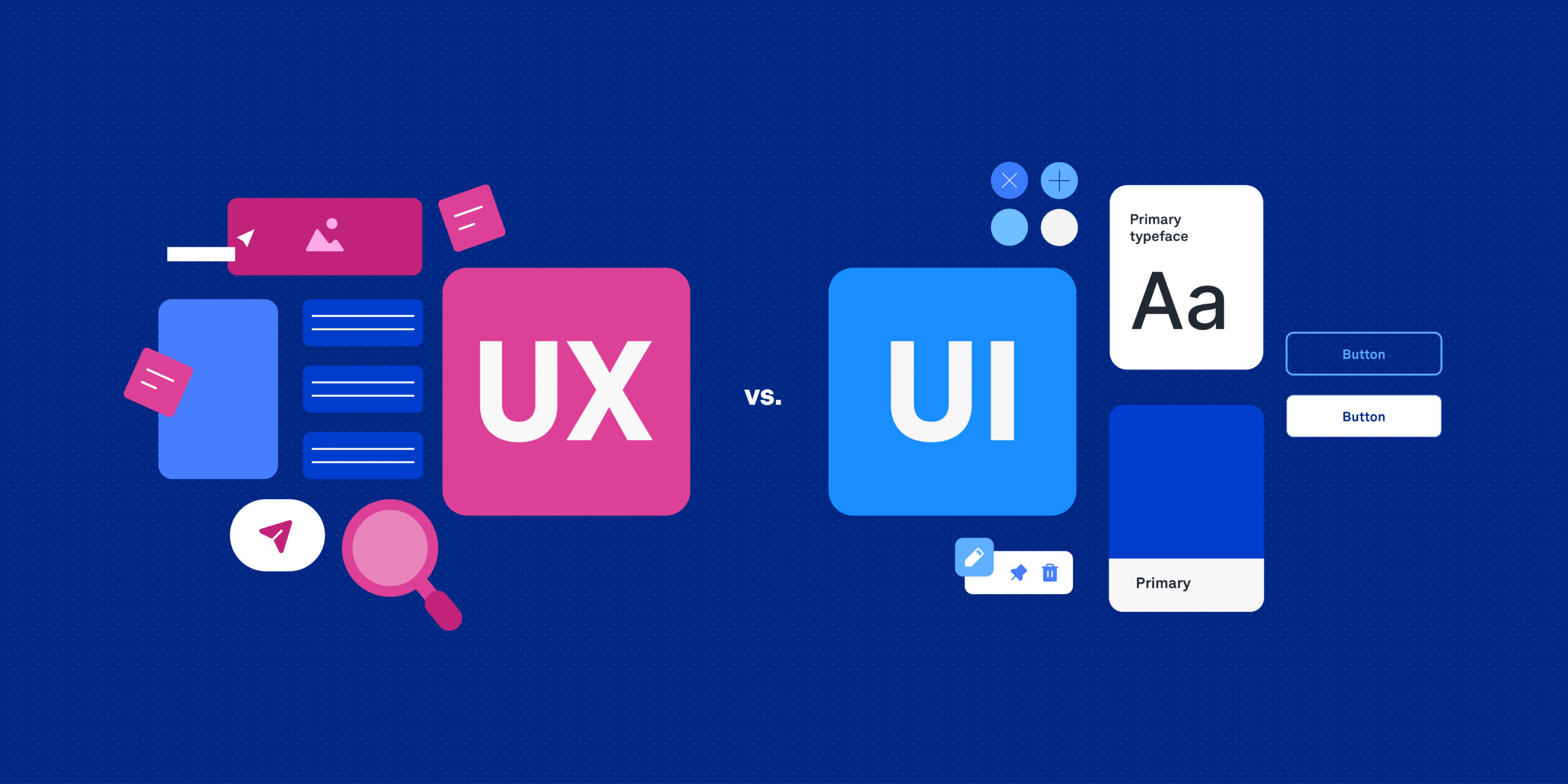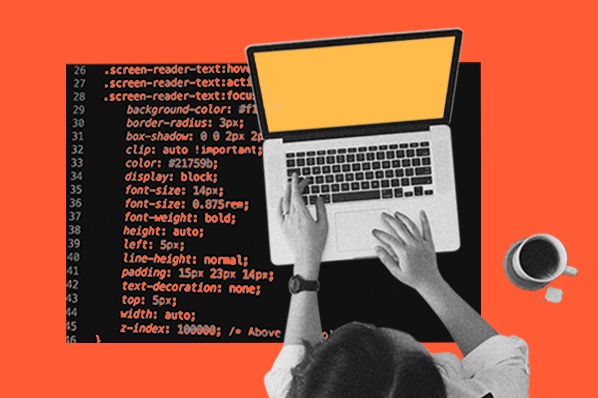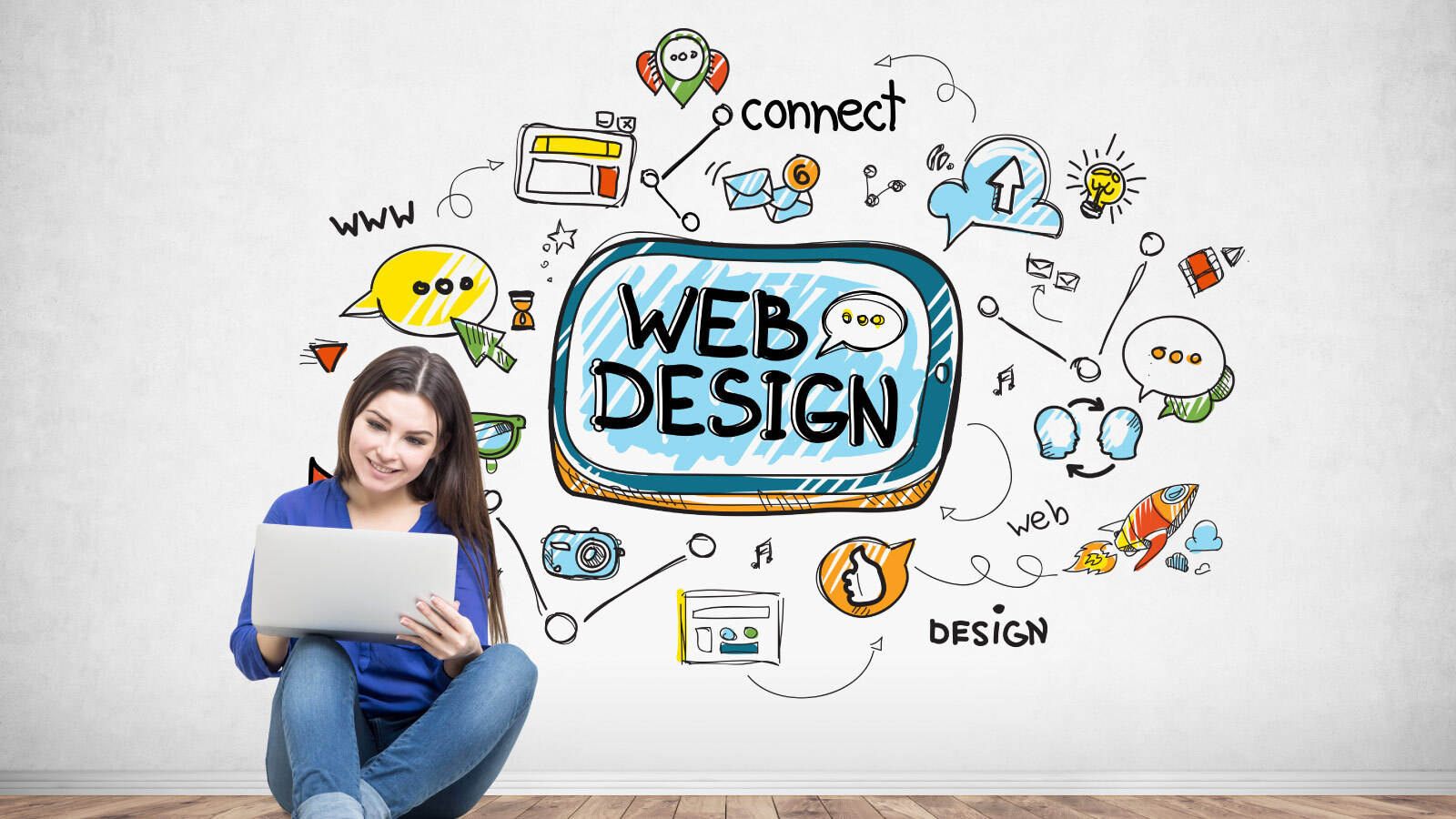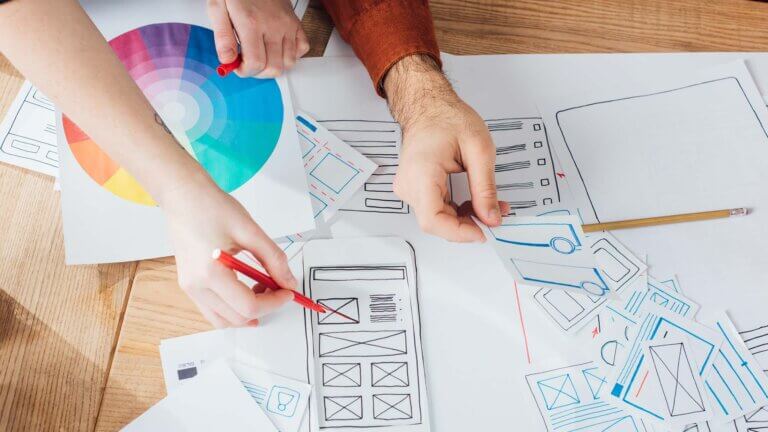The web isn’t dying because of AI—it’s drowning in a sea of templates. Platforms like Squarespace, Wix, and Shopify have made building a site easier than ever, but at the cost of creativity, originality, and soul. If every website looks the same, does design even matter anymore?
Let’s get one thing out of the way: AI is not the villain of web design. It’s just the flashy scapegoat we’ve all decided to blame while quietly ignoring the real killer hiding in plain sight—templates.
Not the innocent starter kits we all downloaded early on. The problem is the all-consuming, cookie-cutter, SEO-optimized sameness that has turned the open web into a tragic gallery of “Buy Now” buttons floating on beige rectangles.
If you’re wondering why the web feels lifeless, like you’re stuck in a scrolling Groundhog Day of hero images, taglines, and call-to-action buttons, it’s not because AI hallucinated its way into the design department. It’s because we templatified creativity into submission.
The Real Killer: Sameness as a Service
We used to design websites like we were crafting digital homes—custom woodwork, surprise color choices, even odd sound effects if you dared. Each one had quirks. A personality. A soul.
Now, most sites are just slightly re-skinned Shopify stores pretending to be brand experiences. Even portfolio sites have become sterile clones: pastel backgrounds, sans serif fonts, and a strategically placed photo of a coffee mug to humanize the horror.
ThemeForest, Squarespace, Webflow, WordPress—they’ve created an ecosystem where differentiation isn’t just optional, it’s discouraged. Originality breaks the template. And breaking the template is bad for conversion. Or SEO. Or the client’s cousin who read one Medium article about UX.
Templates Flattened Expectations
Clients aren’t really asking for design anymore. They’re asking for “a site like this.” The one that looks clean, has animations, scrolls smoothly, and is “modern.” Which, in 2025, just means “I want what everyone else has.”
Templates didn’t just streamline development. They rewired what people expect a website to be.
Why hire a designer when you can drop your brand colors into a no-code template, plug in some Lottie files, and call it a day? The end result isn’t bad. It’s worse—it’s forgettable.
And we did this to ourselves.
We Gave AI a Map
Everyone blames ChatGPT or Midjourney for killing originality. But AI didn’t birth itself into our workflow. It trained on what we fed it: thousands of templated, SEO-farmed websites that all look the same. You can’t expect a robot to innovate when your portfolio is nothing but duplicated grid layouts and gradient buttons copied from Stripe in 2017.
AI isn’t the end of design. It’s just the mirror reflecting a web we already standardized, sanitized, and sold for $39 on a marketplace.
From Canvas to Conveyor Belt
The “website” as we knew it—handcrafted, exploratory—is dying. In its place, we’re getting web apps. Utility is the new creativity. The homepage is now the dashboard. The About page is a Notion doc. That experimental layout you were proud of in 2014? It doesn’t even pass Core Web Vitals.
The web used to be a canvas. Now it’s a series of modular blocks optimized for user retention, ad revenue, and frictionless e-commerce.
Design isn’t about creating experiences anymore. It’s about minimizing bounce rate, hitting conversion targets, and testing whether a button should be 1.5em or 1.6em tall.
Web Design Is Morphing into Product Management
The line between designer and product manager has disappeared. You’re not designing a homepage; you’re optimizing a funnel. You’re not choosing typography; you’re preserving “brand consistency.” You’re not making art; you’re massaging business goals.
Most sites today aren’t designed—they’re assembled. A series of UX components picked from a pre-approved design system in a Figma file so big it has its own gravitational pull. We’re paid to ensure nothing surprises anyone. Web design has become corporate risk mitigation disguised as creativity.
Templates Were Tools, Not Endgames
Templates were supposed to help us go faster, prototype better, and democratize design. But like stock photos, they became the fast food of the internet—cheap, convenient, nutritionally empty.
And just like fast food, they’re addictive. Why cook from scratch when a proven landing page is a click away? Why iterate when the template already “converts”?
We built a world where good enough is the default and trained the next generation of designers to treat it as the ceiling.
Is There Hope?
If web design has any hope of surviving, it will require rebellion. A refusal to conform to “what works” and a return to “what surprises.” That’s hard to justify with tight deadlines and clients who have read too many SaaS landing page teardown articles.
The artists of the web—the weird ones who still code CSS by hand and animate things just for joy—they’re out there. But they’re no longer mainstream. They’re in the margins, in codepens and personal blogs.
If you want design to live, stop feeding the template machine. Build weird stuff. Ugly stuff. Confusing stuff. Human stuff.
Because the web wasn’t meant to be a conveyor belt of sameness. It was supposed to be a playground. A punk zine. A laboratory. A little chaotic. A little broken. But alive.
We Did This—Not AI
Let’s stop blaming AI for killing creativity. AI didn’t templatify the web—we did. We chose speed over originality, conversions over character, convenience over craft.
So yes, AI might finish the job. But let’s not forget who pulled the trigger first.
And if the death of web design is inevitable, let it die weird.
Ask ChatGPT
